Rising Incidence of Hemorrhoids
The increasing prevalence of hemorrhoids among various demographics appears to be a primary driver for the Hemorrhoid Treatment Devices Market. Factors such as sedentary lifestyles, poor dietary habits, and an aging population contribute to this rise. According to health statistics, approximately 50% of adults experience hemorrhoids by the age of 50. This growing incidence necessitates effective treatment options, thereby propelling demand for innovative devices. As more individuals seek relief from symptoms, the market for hemorrhoid treatment devices is likely to expand, with manufacturers focusing on developing user-friendly and effective solutions. The rising incidence not only highlights the need for treatment but also emphasizes the importance of education and awareness regarding preventive measures, further influencing market dynamics.
Increasing Healthcare Expenditure
The rise in healthcare expenditure across various regions is a notable driver of the Hemorrhoid Treatment Devices Market. As healthcare budgets expand, there is a greater focus on improving patient outcomes and investing in advanced treatment technologies. This increase in funding allows for the development and distribution of innovative hemorrhoid treatment devices, making them more accessible to patients. Furthermore, as healthcare systems prioritize preventive care and effective treatment options, the demand for these devices is likely to grow. Market trends suggest that higher healthcare spending correlates with increased adoption of advanced medical technologies, thereby positively impacting the hemorrhoid treatment device sector. This trend indicates a promising outlook for manufacturers and healthcare providers alike.
Growing Awareness of Treatment Options
The heightened awareness regarding available treatment options for hemorrhoids is a significant driver of the Hemorrhoid Treatment Devices Market. Educational campaigns and increased access to information through digital platforms have empowered patients to seek treatment proactively. As individuals become more informed about the various devices and procedures available, the likelihood of them pursuing treatment increases. Market analysis suggests that this trend is leading to a rise in consultations with healthcare professionals, which in turn boosts the demand for hemorrhoid treatment devices. Furthermore, as awareness grows, patients are more inclined to discuss their conditions openly, reducing the stigma associated with hemorrhoids and encouraging more individuals to seek effective solutions.
Shift Towards Home-Based Treatment Solutions
The trend towards home-based treatment solutions is reshaping the Hemorrhoid Treatment Devices Market. Patients increasingly prefer the convenience and privacy of managing their conditions at home, leading to a surge in demand for portable and easy-to-use devices. This shift is particularly evident among younger demographics who value accessibility and efficiency. Market data indicates that home treatment options are becoming more popular, as they often provide effective relief without the need for invasive procedures. Manufacturers are responding to this demand by developing devices that cater to home use, ensuring they are user-friendly and effective. This trend not only enhances patient satisfaction but also expands the market reach of hemorrhoid treatment devices.
Technological Innovations in Treatment Devices
Technological advancements in the design and functionality of hemorrhoid treatment devices significantly influence the Hemorrhoid Treatment Devices Market. Innovations such as minimally invasive procedures, laser treatments, and advanced ligation techniques enhance patient comfort and recovery times. The introduction of smart devices that monitor treatment progress and provide real-time feedback is also gaining traction. These advancements not only improve treatment efficacy but also attract a broader patient base seeking modern solutions. Market data indicates that the demand for technologically advanced devices is on the rise, as patients increasingly prefer options that offer less discomfort and quicker recovery. Consequently, manufacturers are investing in research and development to create cutting-edge products that meet evolving consumer expectations.
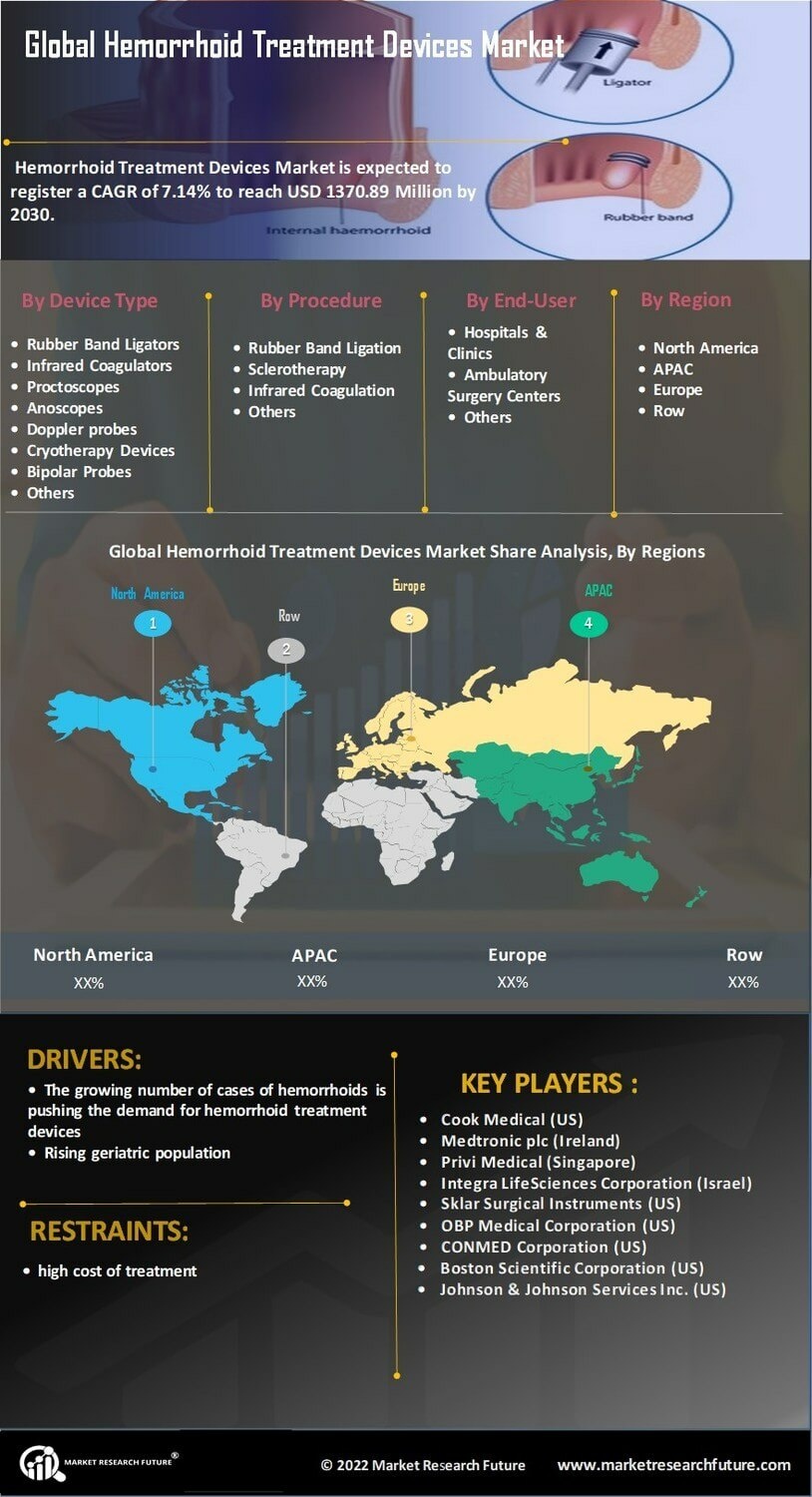

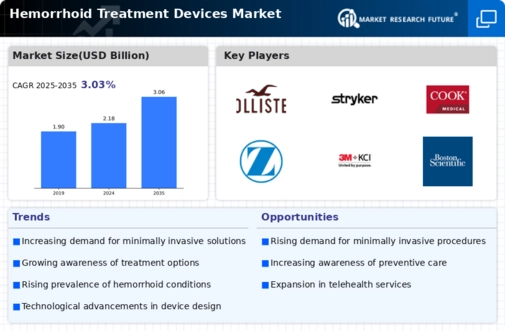
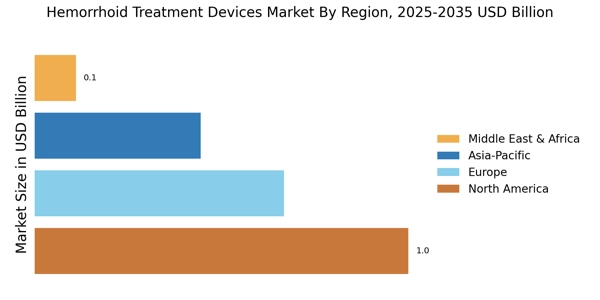
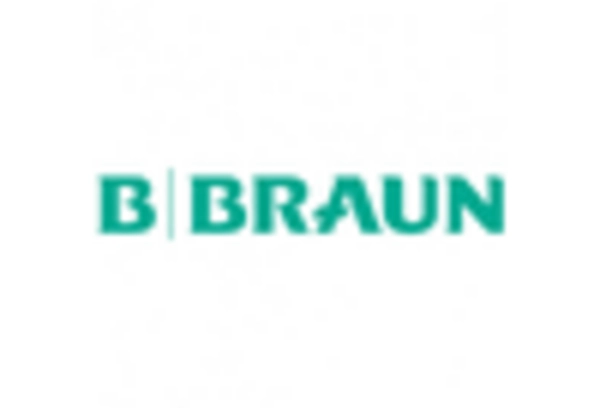


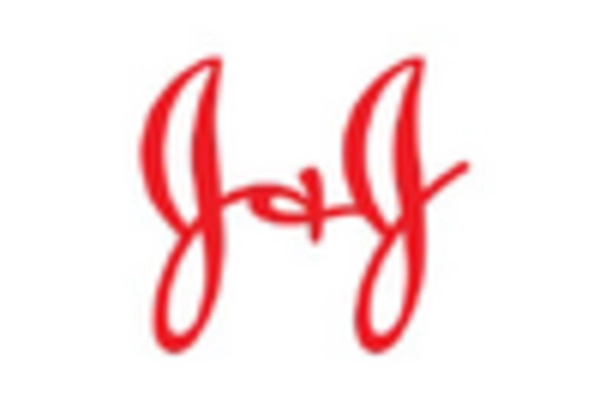










Leave a Comment